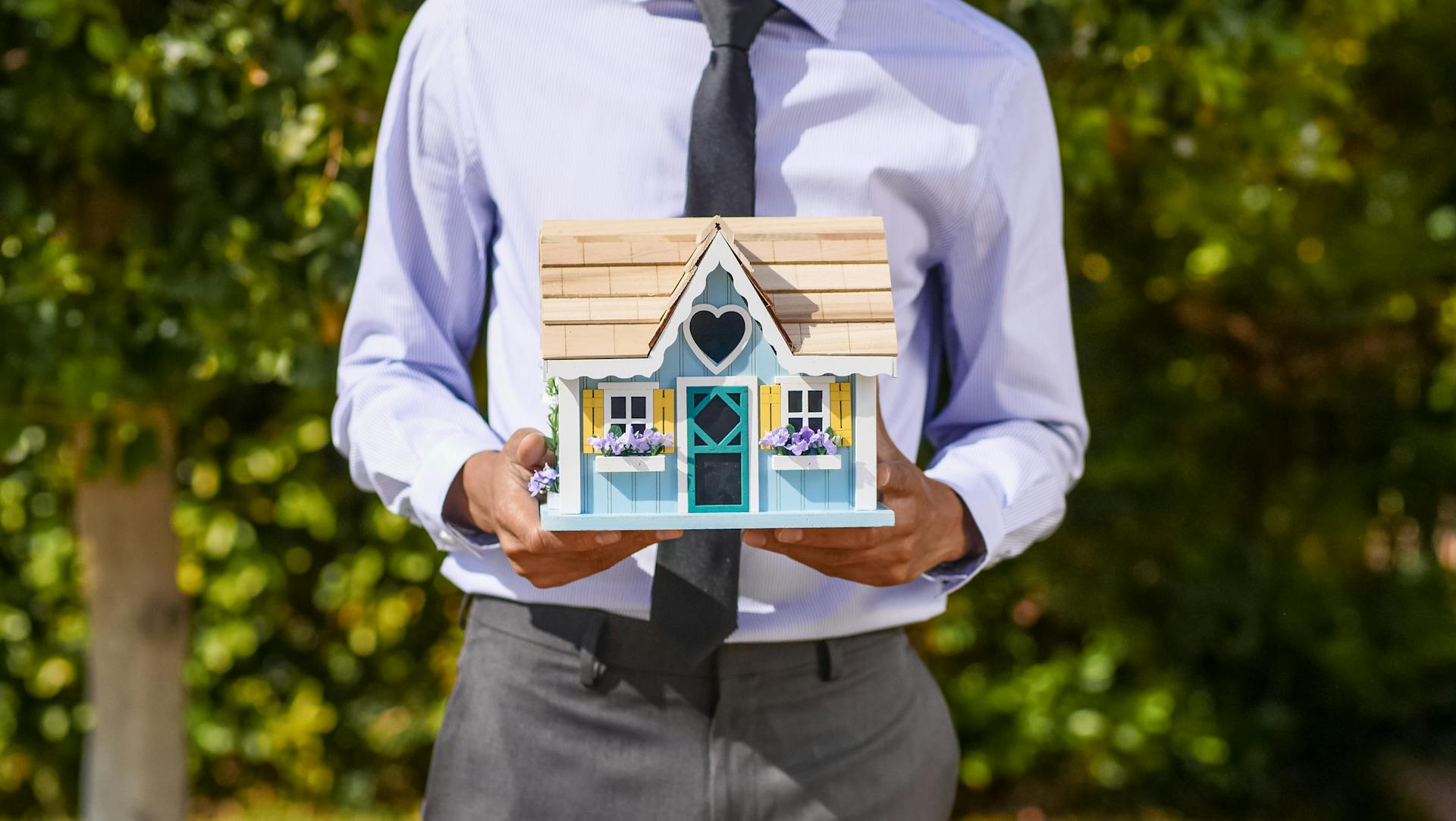In real estate, understanding the psychology behind buyer behavior can be one of the most powerful tools in a marketer’s toolkit. It goes beyond presenting square footage or the number of bedrooms; it’s about creating an emotional connection that helps buyers envision their ideal lifestyle within the property. By aligning the marketing strategy with buyers’ emotional aspirations and capitalizing on the power of first impressions, real estate professionals can enhance a property’s appeal and attract interest from the right buyers.
Appealing to Buyer Emotions
Emotions play a crucial role in the decision-making process, particularly when it comes to buying a home. Buyers often seek more than just a structure; they are looking for a lifestyle, a place that resonates with their values, dreams, and aspirations. Here are some ways to highlight home features that can tap into buyers’ emotions:
1. Showcase the Lifestyle, Not Just the Property
- Highlight Unique Spaces: Tailor your marketing to showcase spaces that align with buyers’ lifestyle preferences. For example, if the home includes a spacious kitchen with an island, market it as the “perfect place for family gatherings and holiday cooking.” If the property has a cozy reading nook, emphasize it as a retreat for relaxation.
- Curate Stories in the Staging: Use staging to create relatable scenarios—an outdoor patio can be staged with a cozy fire pit and seating to evoke family gatherings or casual evenings. A home office could be presented as a productive space with minimal clutter, ideal for remote work.
2. Use Descriptive Language to Paint a Picture
- Words are powerful, and they can help buyers imagine themselves living in the home. Instead of just listing features like “3 bedrooms, 2 bathrooms,” go further with language like “a spacious master suite that offers a private sanctuary after a long day.” Descriptive language gives each space a purpose and helps buyers picture how they would use it.
3. Highlight Emotional Triggers with Visuals
- Visual cues can evoke emotions immediately, so be thoughtful about what the imagery says about the property. For instance, a brightly lit living room can signal warmth and openness, while images of a beautiful backyard garden can appeal to those who love nature and outdoor living. Consider using these as your leading images.
4. Understand the Demographics and Market Accordingly
- Knowing the target market for the property is essential. For younger families, highlight family-friendly features like a fenced backyard or proximity to parks and schools. For luxury buyers, emphasize high-end finishes and exclusive neighborhood amenities. Tailoring the emotional appeal to the demographics of your target buyers helps create a personalized marketing experience.
The Power of First Impressions
The old adage, “You only get one chance to make a first impression,” is especially true in real estate. In the digital age, where most buyers first encounter a property online, the initial impression can make or break their interest. Here’s how to make that first impression count:
1. Focus on the Cover Photo
- The cover photo is the first image buyers see, and it should be striking enough to make them click to learn more. This photo should capture the home’s best feature, whether it’s a stunning exterior, a captivating living room, or an elegant kitchen. Investing in professional photography is key—poorly lit or unflattering photos can make even the nicest home look unappealing.
2. Use Professional Staging and Photography
- Staging a home not only makes it more visually appealing but also helps potential buyers visualize the space as their own. A well-staged, clutter-free environment looks more inviting and allows buyers to focus on the property’s features rather than its current owner’s belongings.
- High-quality photography is essential. Professional photographers know how to highlight the best angles, use optimal lighting, and capture the nuances that make a space feel warm and welcoming. Sometimes, even slight adjustments to lighting or perspective can make a room feel larger and more inviting.
3. Optimize Visuals for Digital Platforms
- Since most buyers start their search online, photos and videos need to be optimized for web and mobile devices. Images should load quickly and retain high quality, as blurry or poorly formatted visuals can turn buyers away. Additionally, consider using interactive 3D tours or videos, which provide a more immersive experience and help potential buyers get a true feel of the property.
4. Leverage Seasonal and Contextual Details
- Subtle, seasonal staging details can make a home feel more in sync with the time of year. In winter, highlight cozy features like fireplaces or thick rugs, while summer listings could emphasize outdoor spaces with lush greenery or a refreshing pool. This attention to seasonal appeal can make the property feel more inviting and relevant, enhancing its emotional appeal.
Ultimately, mastering the art of emotional appeal and first impressions not only attracts buyers but also reinforces your reputation as a skilled marketer in the eyes of your clients.











